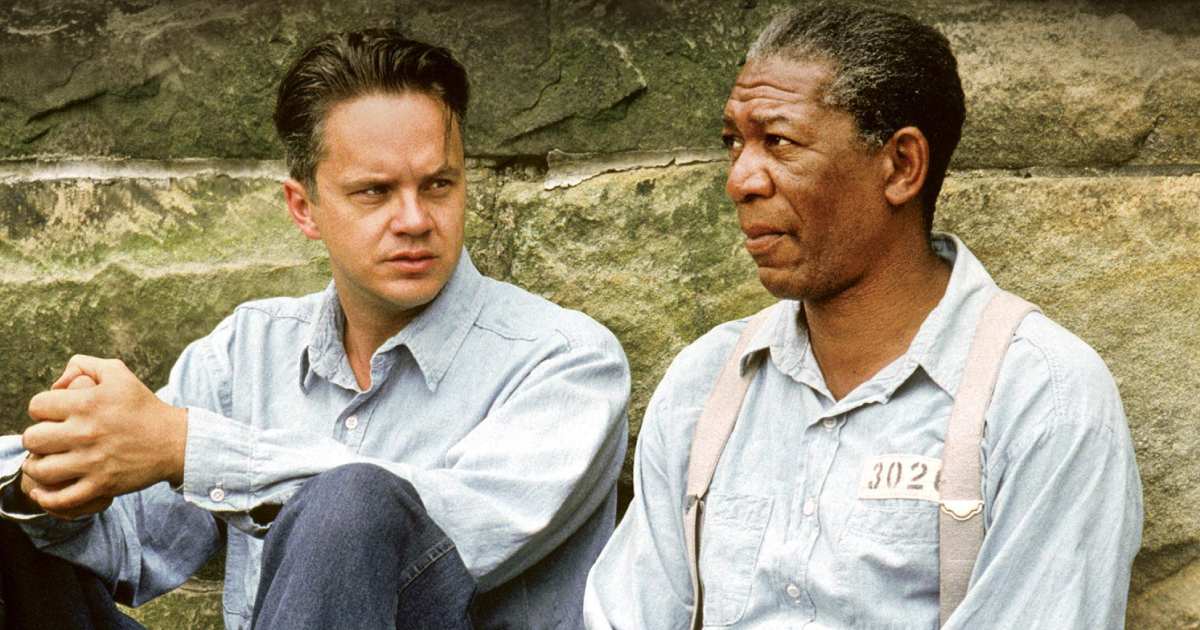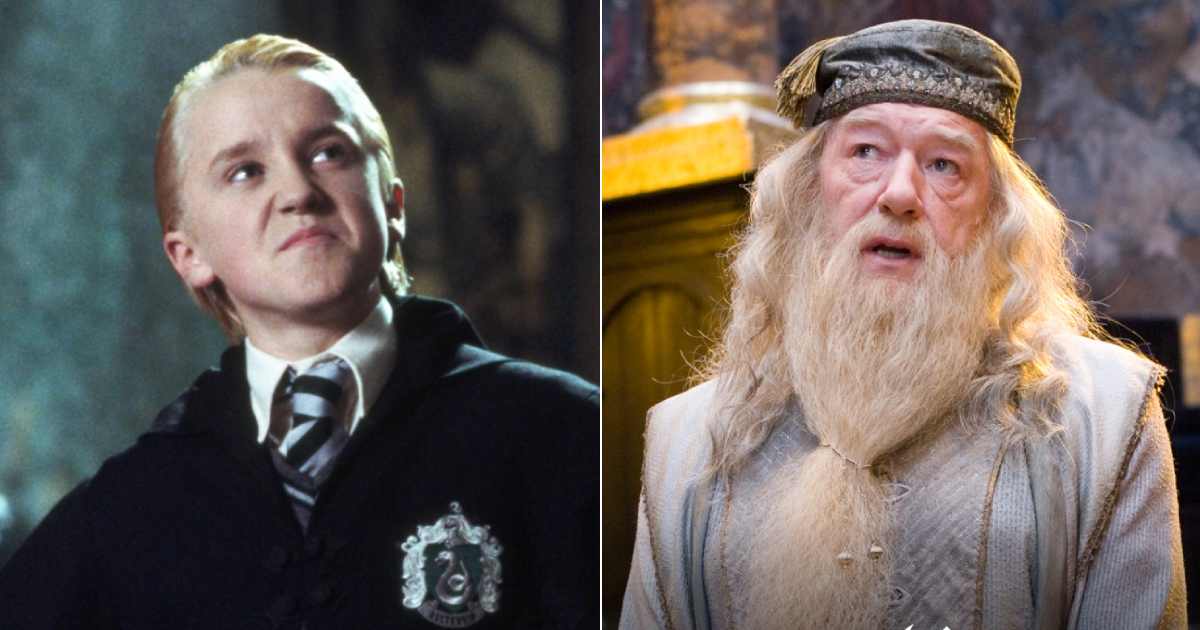
In The Shawshank Redemption, not everything is spelled out. The film holds back in places, leaving gaps that viewers might fill or simply accept as part of the mystery. One of the more understated ambiguities concerns Brooks Hatlen, the elderly prison librarian whose life outside Shawshank collapses almost as soon as it begins.
He is remembered for his soft demeanor, bond with a pet crow named Jake, and heartbreaking inability to adjust to the world beyond prison walls. But what’s never made clear in the movie is the actual reason for his decades-long incarceration.
Brooks Hatlen’s Actual Dark Past vs What Was Shown In The Movie
While the film touches on Brooks’ past only in passing, labeling him vaguely an “old crook,” the source material paints a much darker picture. Stephen King‘s Rita Hayworth and the Shawshank Redemption, the novella behind the film, doesn’t shy away from the truth. In the book, Brooks is not just a kindly old man with a fondness for birds. He’s a convicted murderer who killed his wife and daughter after a bad night at poker. It’s a brutal backstory, far removed from the sorrowful figure pacing nervously around the halfway house in the film.
Trending
Interestingly, the version of Brooks that made it to the screen is not a direct lift from the novella. He’s a blend of two characters – Brooks Hatlen and Sherwood Bolton, the latter being the original caretaker of the bird. This fusion gave the filmmakers room to shape a more emotionally resonant narrative. The version of Brooks seen on screen served a larger purpose with his quiet routines and fragile attempts at reclaiming normal life. He embodied what long-term incarceration does to a man’s spirit.
Choosing Emotion Over Detail
Apparently, revealing the details of his crime might have undermined that purpose. The shock of his final act hits harder because the audience sees him as a victim of the system rather than a perpetrator of violence. It’s one of many ways the film carefully edits the original story, choosing emotional weight over brutal fact.
Red’s backstory is another example. While the film hints at his crime, it doesn’t spell it out, again prioritizing tone and character development over gritty exposition. The decision to withhold certain truths, especially in Brooks’ case, arguably strengthens the film’s message.
His tragedy isn’t just about what he did to get into prison, but about what the prison eventually did to him. It’s not a redemption arc in the traditional sense, but it does frame Brooks as more than just a criminal. He becomes a symbol of what happens when a man’s identity is reduced to a cell number and a daily routine, and how freedom can feel more like exile than release when it comes too late.
By softening Brooks’ past, the film crafts a narrative more focused on hope and friendship. These shifts are likely part of why The Shawshank Redemption has eclipsed its source material in cultural memory.
Advertisement
For more such stories, check out Hollywood
Follow Us: Facebook | Instagram | Twitter | YouTube | Google News



 Follow Us
Follow Us








